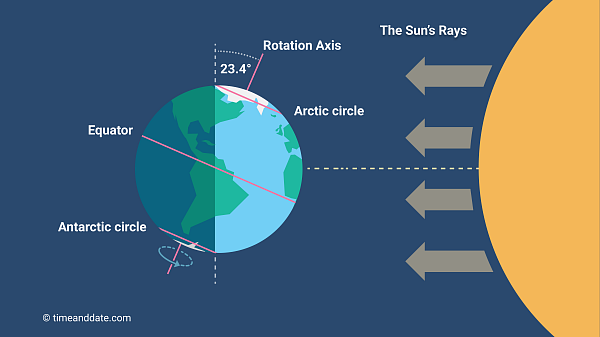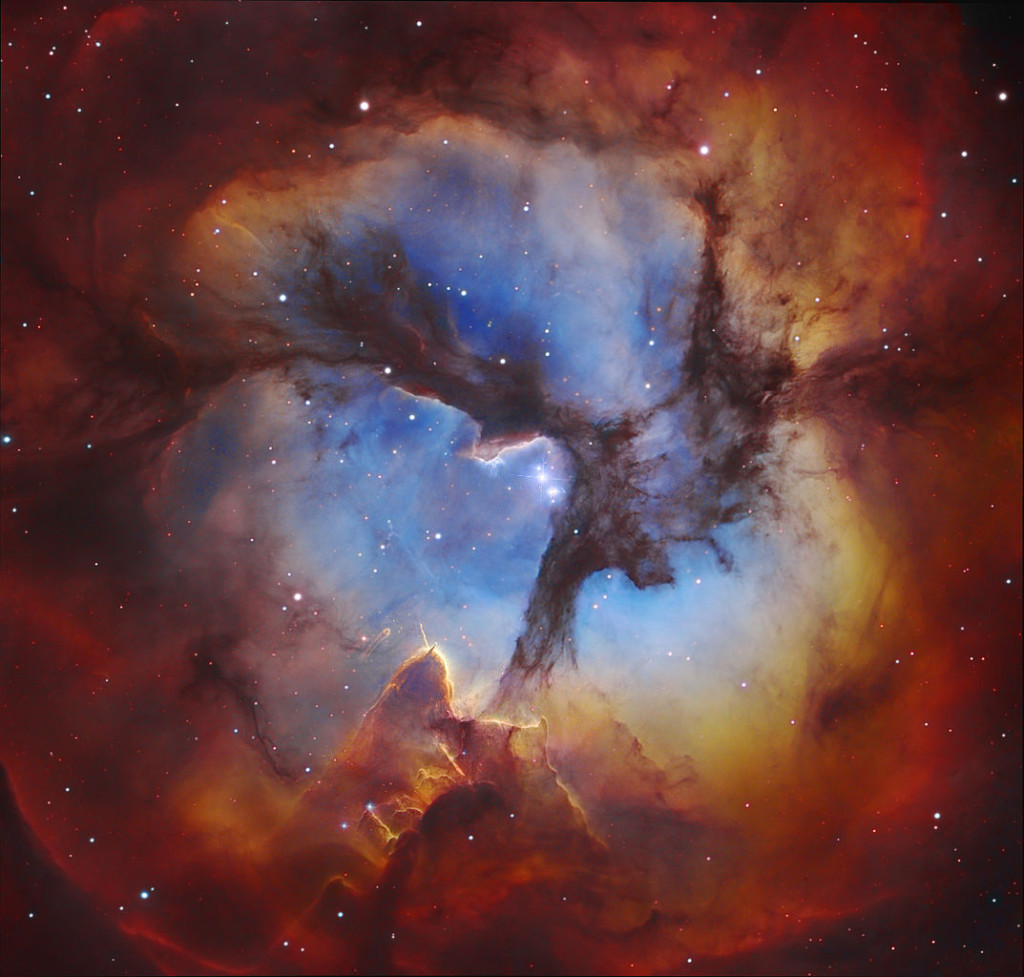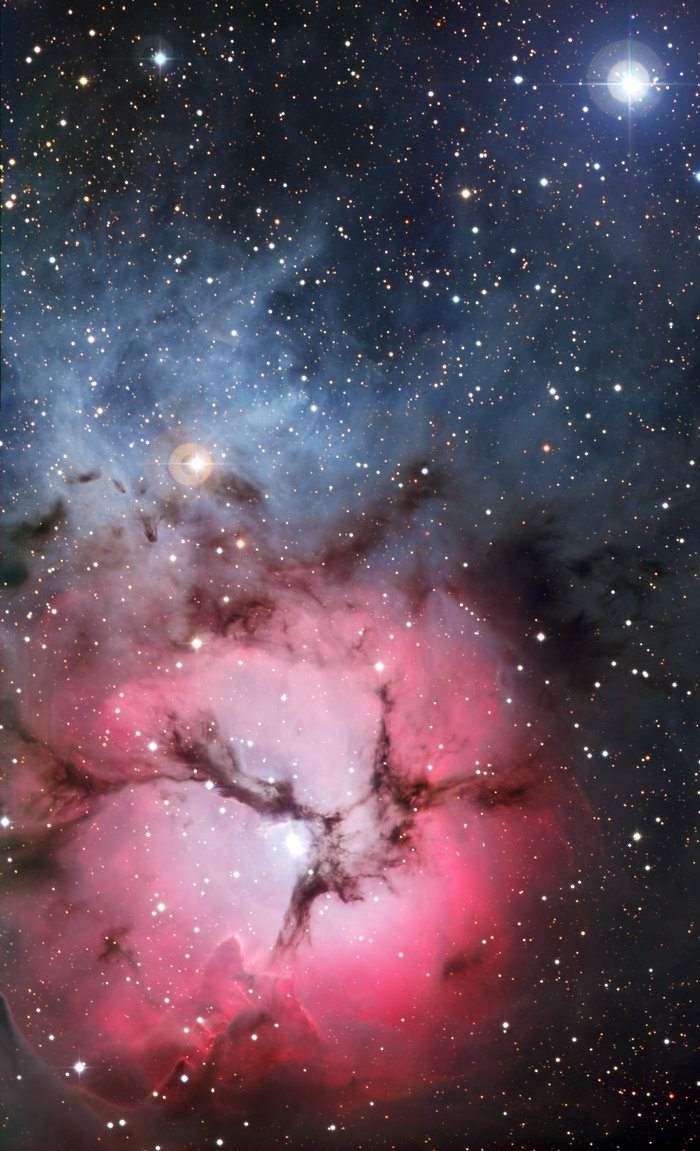Happy Solstice!
The summer solstice (from the Latin words Sol for “Sun” and sistere for “To Stand Still”) is the day where the Sun appears to reach its highest point in the sky during the year – it marks the start of summer in the Northern Hemisphere. In the Southern Hemisphere, this is the shortest day of the year.
Ancient astronomers came knew this as “the day the Sun stands still.”


The east-southeastern predawn sky is a busy place this week – with Mercury, Venus, Mars, Jupiter, Saturn, Neptune and a couple asteroids. The Moon joins the planets from the 21st-27thd.

The Moon appears near Venus in the east-northeastern predawn sky on June 26th.

The Moon appears near Mercury in the east-northeastern predawn sky on June 27th.


- The Moon is be a Waning Crescent – visible low to the east before sunrise.
- The New Moon occurs on June 28th – the part of the Moon facing Earth is completely in shadow.

If you click on the Moon image above, or click this link, you will go to NASA’s Moon Phase and Libration, 2022 page – it will show you what the Moon looks like right now. If you click the image on that page, you will download a high-rez TIFF image annotated with the names of prominent features – helpful for logging your lunar observations!
Moon News

The Sun has six named sunspots – same as last week; a couple of those active regions are rotating out of view.
Spaceweather.com says: “Sunspot AR3038 has a ‘beta-gamma’ magnetic field that harbors energy for M-class solar flares.”

Videos courtesy of NASA/SDO and the AIA, EVE, and HMI science teams.
You can view the Sun in near real-time, in multiple frequencies here: SDO-The Sun Now.
You can create your own time-lapse movies of the Sun here: AIA/HMI Browse Data.
You can browse all the SDO images of the Sun from 2010 to the present here: Browse SDO archive.
Amateur Solar Astrophotography
Click the image to see a 3 hour animated time-lapse!

Solar Corona
Solar wind speed is 556.3 km/sec ▲ with a density of 8.26 protons/cm3 ▲ at 0202 UT.
Click here to see a near real-time animation of the corona and solar wind from the Solar & Heliospheric Observatory (SOHO).
Sun News:

- Near-Earth Objects (NEOs) discovered this month: 55, this year: 1305 (+2), all time: 29,230 (+3)
- Potentially Hazardous Asteroids (PHAs): 2270 (updated 2022-06-14) – first time I can remember there have not been any new ones!
- Total Minor Planets discovered (MPC): 1,207,472 (-4 updated 2022-06-21)
Upcoming Earth-asteroid encounters:
| Asteroid | Date(UT) | Miss Distance | Velocity (km/s) | Diameter (m) |
| 2022 LX | 2022-Jun-22 | 10.4 LD | 10.1 | 35 |
| 2022 LS1 | 2022-Jun-23 | 18.9 LD | 9.9 | 35 |
| 2022 LB2 | 2022-Jun-25 | 5 LD | 8.3 | 23 |
| 2022 LV | 2022-Jun-25 | 2 LD | 3.6 | 22 |
| 2015 WP2 | 2022-Jun-26 | 18.5 LD | 11.4 | 3 |
| 2022 MD | 2022-Jun-26 | 14 LD | 8.3 | 53 |
| 2022 MF | 2022-Jul-02 | 14.8 LD | 12.1 | 37 |
| 2022 JE1 | 2022-Jul-03 | 8.6 LD | 5.6 | 74 |
| 2021 EL4 | 2022-Jul-05 | 19.8 LD | 9.5 | 25 |
| 2015 OQ21 | 2022-Jul-12 | 18.3 LD | 6.6 | 9 |
| 2022 LR1 | 2022-Jul-16 | 9.3 LD | 4.7 | 42 |
| 2022 KY4 | 2022-Jul-17 | 15.9 LD | 7.6 | 91 |
| 2021 OT | 2022-Jul-17 | 16.5 LD | 11.2 | 20 |
| 349068 | 2022-Jul-19 | 17.6 LD | 22.9 | 756 |
| 2017 RX2 | 2022-Jul-24 | 17.2 LD | 14.2 | 17 |
| 2016 CZ31 | 2022-Jul-29 | 7 LD | 15.6 | 129 |
| 531944 | 2022-Jul-30 | 18.2 LD | 5.9 | 192 |
| 2020 PP1 | 2022-Aug-01 | 13.1 LD | 3.7 | 17 |
| 2020 PN1 | 2022-Aug-03 | 9.7 LD | 4.6 | 29 |
| 2015 FF | 2022-Aug-12 | 11.2 LD | 9.2 | 17 |
Asteroid News:

On June 13, 2022, the NASA All Sky Fireball Network reported 10 fireballs!
(5 sporadics, 1 Northern June Aquiid)

Fireball News:
If you see a bright meteor or a fireball, please REPORT IT to the American Meteor Society and the International Meteor Organization!

Position of the planets & several spacecraft in the inner solar system on June 21st:

Position of the planets in the middle solar system – June 2022:

Position of the planets in the outer solar system first half of 2022:

Solar System News
Oh, this would be SO COOL!

See a list of current NASA missions here: https://www.jpl.nasa.gov/missions?mission_status=current

ex·o·plan·et /ˈeksōˌplanət/, noun: a planet orbiting a star other than the Sun.
* Confirmed Planets Discovered by TESS refers to the number planets that have been published in the refereed astronomical literature.
* TESS Project Candidates refers to the total number of transit-like events that appear to be astrophysical in origin, including false positives as identified by the TESS Project.
* TESS Project Candidates Yet To Be Confirmed refers to the number of TESS Project Candidates that have not yet been dispositioned as a Confirmed Planet or False Positive.
Exoplanet News:


SpaceWeather.com Realtime Aurora Gallery: https://spaceweathergallery.com/aurora_gallery.html
Latest Aurora Oval Forecast

- Visit an International Dark Sky Park: https://www.darksky.org/our-work/conservation/idsp/parks/
- If you live in Michigan, visit the Michigan Dark Skies site: https://sites.lsa.umich.edu/darkskies/

Impromptu STEM this kid will never forget!
Messier Tour: M19 – The Trifid Nebula

Messier 20 (M20), also known as the Trifid Nebula, is a famous star-forming region located in the constellation Sagittarius. The nebula’s designation in the New General Catalogue is NGC 6514. The name Trifid refers to its three-lobed appearance. Messier 20 consists of several different objects: an emission nebula, a reflection nebula, a dark nebula and an open star cluster.
The dark nebula, catalogued as Barnard 85, consists of dust clouds that absorb and block light from the bright objects behind them. It is responsible for the apparent gaps in the larger emission nebula that give M20 its trifurcated look. The other two types of nebulae – emission and reflection – make M20 glow in different colours in images. – messier-objects.com

Emission nebulae are energized by the ultraviolet light of nearby stars and usually appear red in photographs. These nebulae are clouds of extremely hot hydrogen gas and usually regions where new stars are being formed. The light of the stars illuminates the surrounding clouds, ionizing photons in large portions of the clouds.
Reflection nebulae, which typically appear blue in images, consist mostly of clouds of interstellar dust. They are also usually star-forming regions, but unlike emission nebulae, which emit spectral line radiation from ionized hydrogen, reflection nebulae do not emit any light of their own, but simply reflect the light of nearby stars. – messier-objects.com
The open cluster at the center of M20 is catalogued as C 1759-230. The cluster is surrounded by the red emission nebula which, in turn, is surrounded by the blue reflection nebula. The reflection nebula is particularly prominent in the northern part of M20. – messier-objects.com
Cross-fade video comparing views of the Trifid Nebula in visible and infrared light
This video sequence compares a new view of the Trifid Nebula in infrared light, from the VVV VISTA survey with a more familiar visible-light view from a small telescope. The glowing clouds of gas and dust are much less prominent in the infrared view, but many more stars behind the nebula become apparent, including two newly discovered Cepheid variable stars.
More information and download options: https://www.eso.org/public/videos/eso1504a/
Location of M20 in the Milky Way

Here’s my obligatory “What would a planet look like if it were near that Messier object” pic:

My earliest memories of the Trifid Nebula
I can’t remember when I first learned of the Trifid Nebula’s existence – probably one of the many Patrick Moore astronomy books I owned as a kid. I DO remember the awful monster movie “The Day of the Triffids” and being confused at the close spelling, and all the really bad science! But HEY! I was a kid, and this was one of the many monster movies that aired frequently.
Go get ’em carnivorous alien plant monster!
Cover Image: Messier 20. Credit: ESO
Messier Object List: [Link]
Software Apps used for this post:
NASA Eyes on the Solar System: an immersive 3D solar system and space mission simulator – free for the PC /MAC.
Stellarium: a free web-based planetarium app. It’s a great tool for planning observing sessions. Latest update released on April 16, 2022.
SpaceEngine – Explore the universe in 3D and VR! Latest update released on May 16, 2022.
Worldwide Telescope – operated by the American Astronomical Society (AAS). Latest update released on March 31, 2022.




